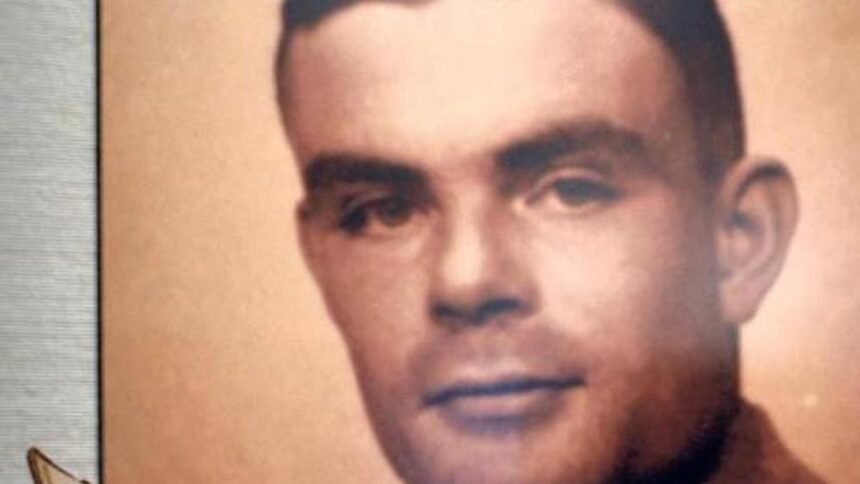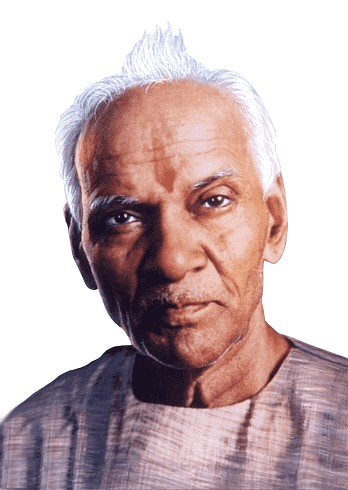British mathematician Alan Turing information map [File]
|Photo credit: AP
A portrait of British mathematician Alan Turing became the first humanoid robot artwork to be sold at auction, fetching $1,320,000 on Thursday.
The 2.2-meter (7.5-foot) portrait “AI God” by the world’s first hyper-realistic robot artist “Ai-Da” broke pre-sale expectations of US$180,000 at Sotheby’s digital art auction in London.
“Today’s record-breaking sale of the first work of art by a humanoid robot artist marks a moment in the history of modern and contemporary art, reflecting the growing intersection between artificial intelligence technology and the global art market,” the auction house said.
“The key value of my work is its ability to be a catalyst for conversations about emerging technologies,” said Aida, a robot that uses artificial intelligence to speak.
Ai-Da added, “The portrait of pioneer Alan Turing invites viewers to reflect on the divine nature of artificial intelligence and computing, while considering the ethical and social implications of these advances.”
The ultra-realistic robot is one of the most advanced in the world and is designed to resemble a human woman, with a face, big eyes and a brown wig.

Ai-Da is named after the world’s first computer programmer Ada Lovelace and designed by modern and contemporary art expert Aidan Meller.
“The greatest artists in history struggled with their times, celebrating and questioning the transformations of society,” Mailer said.
“Ada Robotics, as technology, is the perfect artist today to discuss the current development of technology and its evolving legacy,” he added.

Ai-Da generated ideas through conversations with studio members and suggested creating an image of Turing in discussions about “artificial intelligence for good.”
The robot was then asked what style, colour, content, tone and texture to use and then used cameras in its eyes to look at Turing’s photo and create the painting.
Mailer led a team that created Ai-Da with artificial intelligence experts from the University of Oxford and the University of Birmingham in the UK.
Turing, known as a World War II codebreaker, mathematician and early computer scientist, expressed concerns about the use of artificial intelligence in the 1950s, Mailer said.
He said the artwork’s “soft tones and broken face planes” seemed to hint at “Turing’s warnings about the struggles we will face in managing artificial intelligence”.
He added that Ai-Da’s work is “ethereal and haunting” and “continues to question where the power of artificial intelligence will take us and the global race to harness its power”.
Published – November 8, 2024 09:19 AM (IST)

